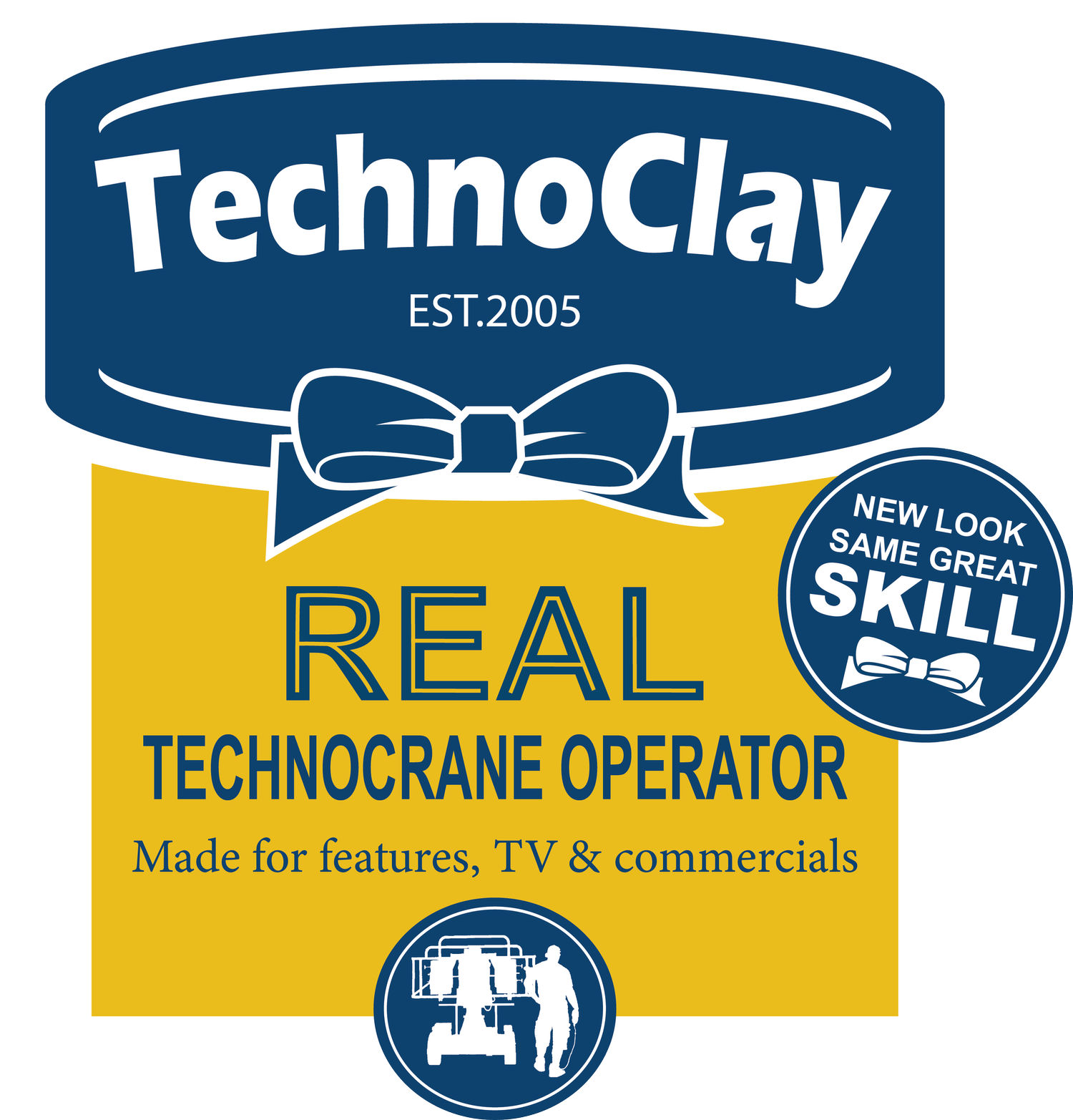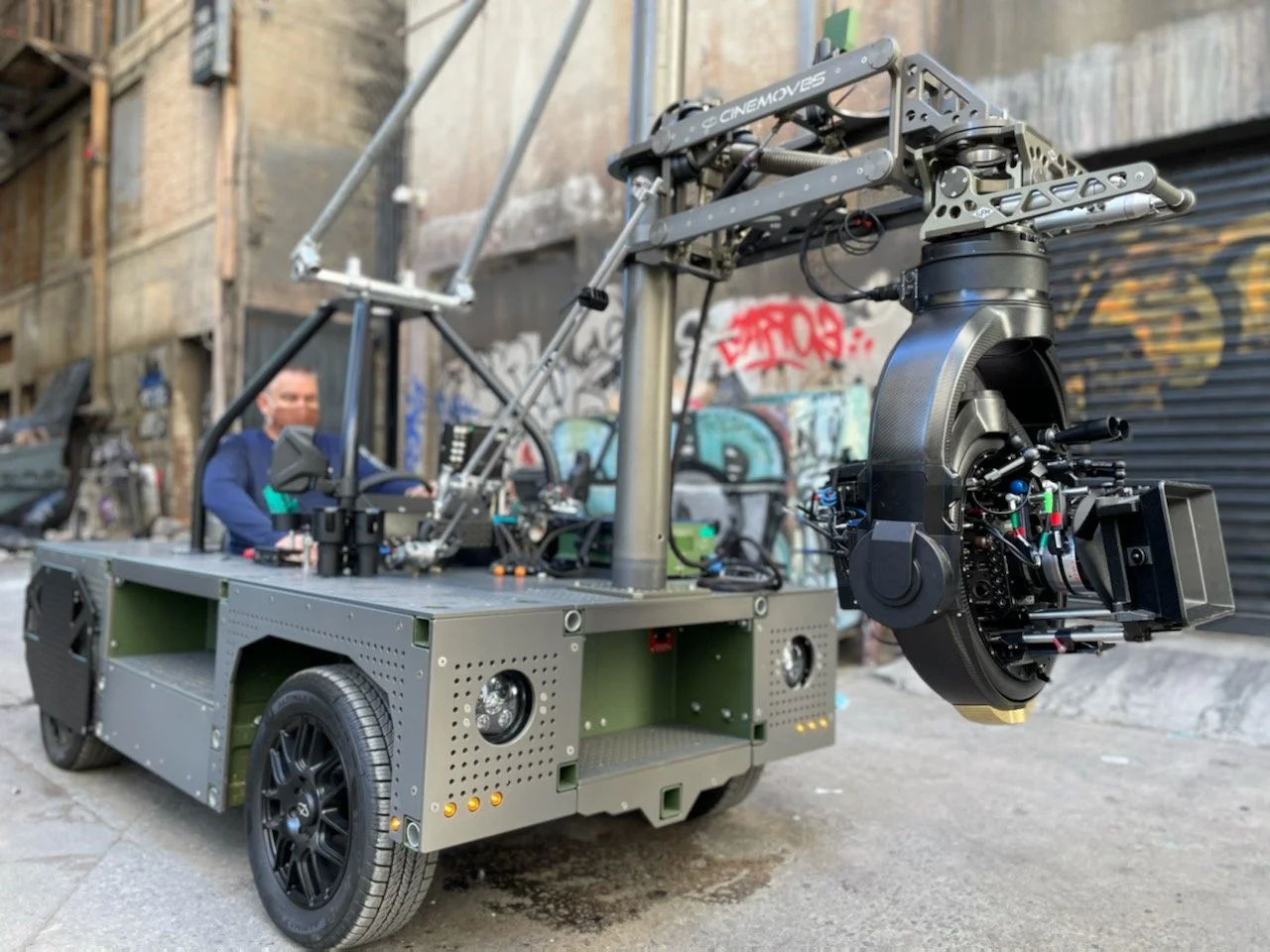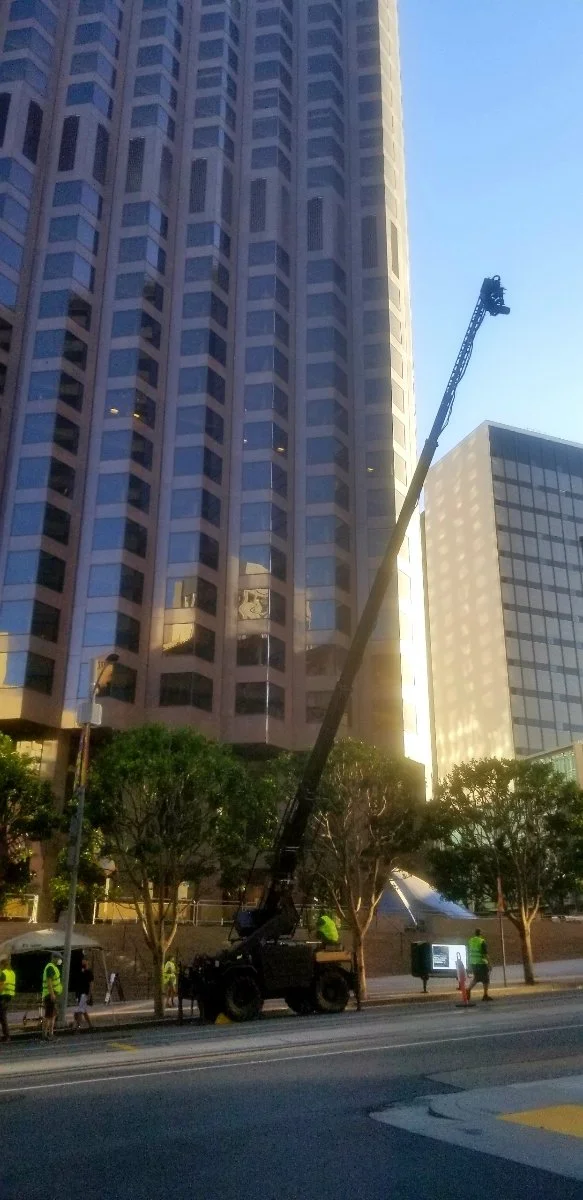Embracing Specialty Equipment: Elevating Your Film Production
In the ever-evolving world of film production, staying ahead of the curve means leveraging the latest and most effective tools at your disposal. Specialty equipment, once considered a luxury, has become an essential component in creating visually stunning and technically superior films. As the demands for higher quality and more innovative storytelling rise, understanding and utilizing specialty equipment can set your production apart.
The Evolution of Film Equipment
From the early days of hand-cranked cameras to the digital revolution, film equipment has continuously advanced. The introduction of specialty equipment has revolutionized the way filmmakers bring their visions to life. These tools, ranging from drones to gimbals, offer new perspectives and capabilities that were previously unimaginable.
Service Vision’s Scorpio 23 Telescopic crane on a barge off the coast of San Pedro
Key Specialty Equipment Transforming Filmmaking
1. Telescopic Cranes and Jib Arms: These tools provide elevated shots that add a cinematic quality to films. Cranes and jib arms allow for sweeping movements and high-angle perspectives, which can dramatically enhance the visual storytelling of a film.
2. Stabilized Gimbals: Smooth, fluid motion is critical for maintaining audience immersion. Stabilized gimbals, or stabilized remote heads are essential for achieving this, especially in action sequences or handheld shooting scenarios. These devices counteract camera shake, ensuring steady footage even in the most challenging conditions.
3. Mobile Crane Platforms: Filming in rugged terrain is a reality of many film sets. Mobile crane platforms, or mobile bases can allow filmmakers to work with telescopic cranes and jib arms with ease in hard to reach locations, saving time and money.
4. 360-Degree Cameras: Immersive storytelling is becoming increasingly popular, and 360-degree cameras are at the forefront of this trend. By capturing footage in all directions, these cameras create an immersive viewing experience, making the audience feel like they are part of the scene. 360 degree camera arrays can also be used for visual effects and plate shots for LED volumes.
5. Underwater Cameras: Shooting underwater presents unique challenges, but specialized underwater cameras and housings enable filmmakers to explore the depths with ease. These tools are indispensable for capturing the beauty and mystery of underwater worlds.
Joe Mullins Driving the Cinergy Electric Vehicle with Spring arm and Matrix on a post kit
6. Arm Cars: These vehicles are designed to go fast so that they can keep up with the action in frame! Weather you are filming beauty shots for a car commercial or getting high speed angle of an action stunt sequence.
7. Motorized Sliders: For controlled, precise camera movements in hard to reach spaces, motorized sliders are indispensable. They allow for smooth, linear motion, enhancing the visual appeal of tracking shots and complex scenes that require coordinated camera movement where space is limited or a high rate of speed is needed.
8. Drones: Aerial cinematography has been transformed by drones. These versatile flying cameras allow filmmakers to capture breathtaking shots from above, providing dynamic perspectives that enhance storytelling. Whether it's an expansive landscape or a dramatic chase scene, drones offer unparalleled flexibility and creativity.
9. Motion Control: These specialty rigs are useful for introducing camera movement to a sequence that requires visual effects passes. Very useful for scenes where one actor plays several characters.
The Impact of Specialty Equipment on Filmmaking
The integration of specialty equipment into film production offers numerous benefits:
- Enhanced Creativity: These tools open up new possibilities for storytelling, allowing filmmakers to experiment with different perspectives and techniques.
- Improved Production Quality: High-quality equipment translates to high-quality footage, making the final product more polished and professional.
- Efficiency and Flexibility: Many specialty tools are designed to be user-friendly and versatile, enabling crews to adapt quickly to different shooting conditions and requirements.
- Cost-Effectiveness: While specialty equipment can be an investment, it often reduces the need for costly post-production work and can decrease shooting time.
Tips for Incorporating Specialty Equipment into Your Production
1. Understand Your Needs: Assess the specific requirements of your project and choose equipment that aligns with your creative vision and technical needs.
2. Training and Expertise: Ensure that your crew is trained to use the equipment effectively. Investing in professionals that know the equipment can maximize the potential of the tools.
3. Rent, Don't Buy: For filmmakers on a budget, renting equipment can be a cost-effective way to access high-quality tools without a significant financial commitment.
4. Stay Updated: The film industry is continuously evolving, and staying informed about the latest advancements in equipment can give you a competitive edge.
Conclusion
Incorporating specialty equipment into your film production is no longer an option—it's a necessity. These tools not only enhance the visual and technical quality of your films but also expand the boundaries of your creative expression. As the film industry continues to innovate, embracing specialty equipment will ensure that your productions remain at the forefront of cinematic excellence. By leveraging these advanced tools, you can create compelling, high-quality films that captivate audiences and stand out in a crowded market.
In an industry where innovation is key, specialty equipment is the gateway to new realms of possibility. Equip your production with the tools that redefine filmmaking, and watch your stories come to life like never before.
For those that don't know me, my name is Clay, and I am a Technocrane Operator for Cinemoves. My goal is to help filmmakers achieve their vision thru camera movement. I wanted to start this blog as a way to help reach a broader audience of film industry professionals who may not be as familiar with some of these tools as I am. Feel free to reach out to me or contact Cinemoves for any questions about specialty equipment.



